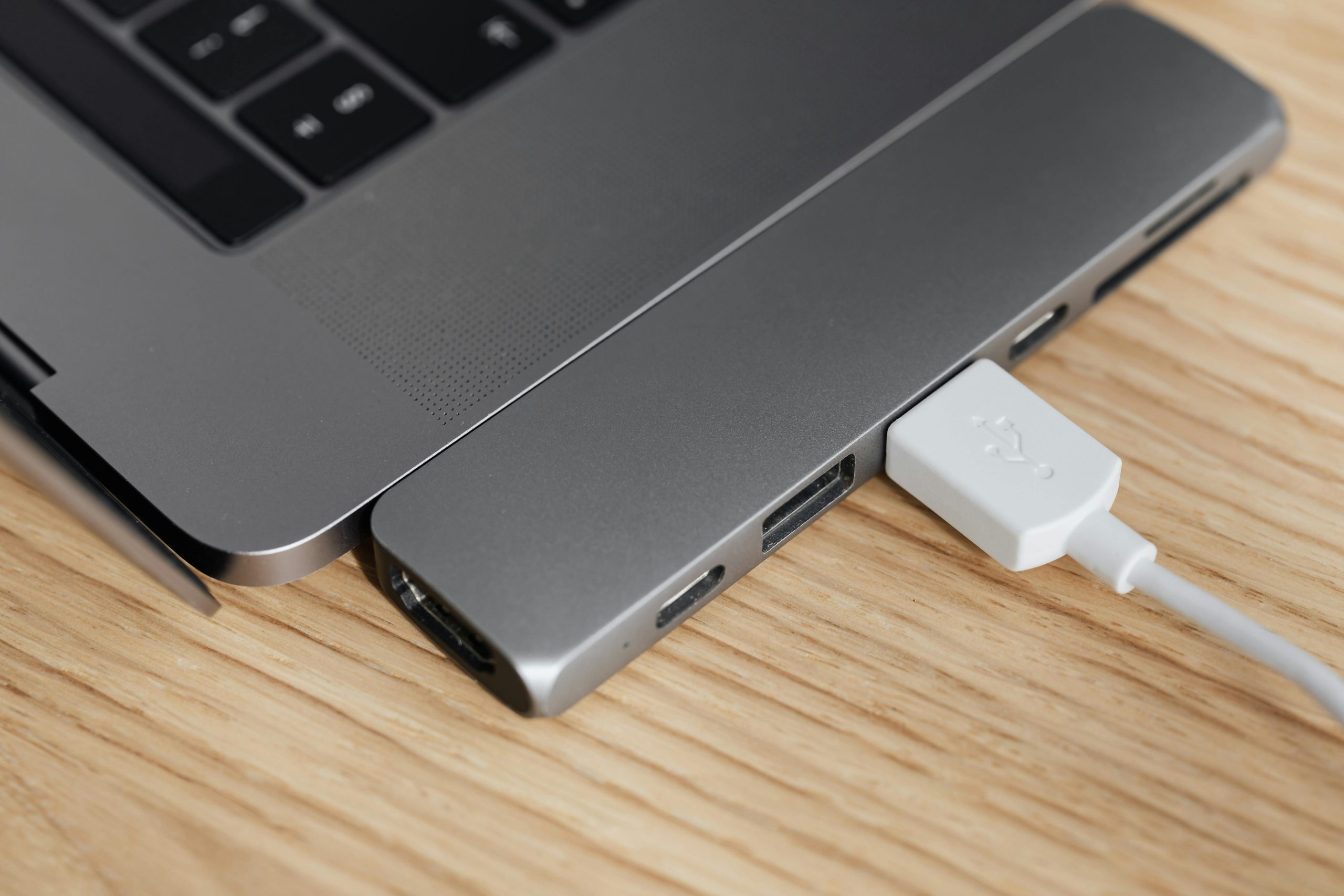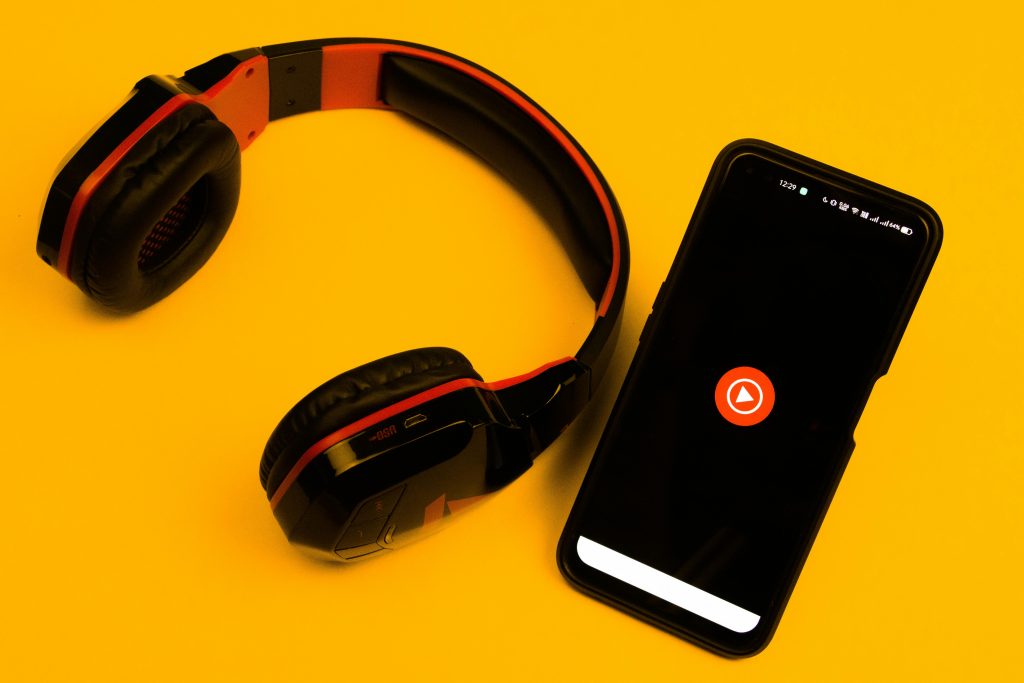Optimizing Barcode Scanner Input for Multiple PCs: Exploring Connectivity Solutions
In today’s automated environments, barcode scanners are vital for efficient data capture and inventory management. However, challenges can arise when there’s a need to feed a single scanner’s input into multiple computers. This article discusses effective strategies and hardware options for sharing a barcode scanner—specifically a 2D desktop scanner—between two PCs.
Understanding the Use Case
While simultaneous use of both PCs isn’t necessary, each requires access to the scanner input at different times. The goal is to find a reliable way to connect the scanner to either PC without complex reconfigurations or signal loss. The focus is on ensuring the scanner’s data is transmitted accurately and efficiently to the designated system.
Existing Hardware: Scanner Connections and Limitations
The barcode scanner in question features an Ethernet-to-USB (male) interface, allowing network or USB connectivity. Before exploring splitters, it’s important to understand the scanner’s connection types and data transmission protocols to ensure compatibility with potential splitters.
Potential Solutions for Sharing Scanner Input
- USB Y-Splitters (Dual USB Cables):
- Description: A USB Y-splitter enables a single USB device to connect to two host computers.
- Considerations: Many inexpensive Y-splitters are designed for power sharing or extend USB cables without duplication of data streams. They might not reliably duplicate data signals, especially with input devices like barcode scanners that require consistent data transmission.
-
Limitations: Many Y-splitters are only powered (power-only split) or support USB 2.0 bandwidth but do not facilitate true data sharing.
-
USB Over Ethernet Extenders and Network Sharing:
- Description: Using Ethernet-based USB extension solutions allows USB devices to be connected over a network.
- Implementation: Connect the scanner to a USB-over-IP extender connected to a network switch, then access it from either PC via compatible software or hardware.
- Advantages: Facilitates reliable, high-bandwidth data transfer with less signal degradation.
-
Considerations: Requires network configuration and potential software setup to manage device access.
-
Ethernet-to-USB Adapters with Network Sharing Capabilities:
- Description: Some devices convert Ethernet signals back to USB for each PC, effectively sharing the scanner’s connection.
- Example: Ethernet to USB hubs or network-enabled USB hubs.
- **
Share this content:



